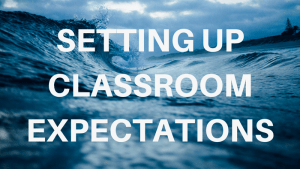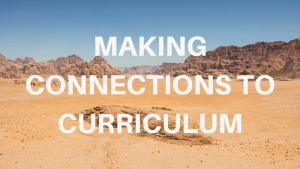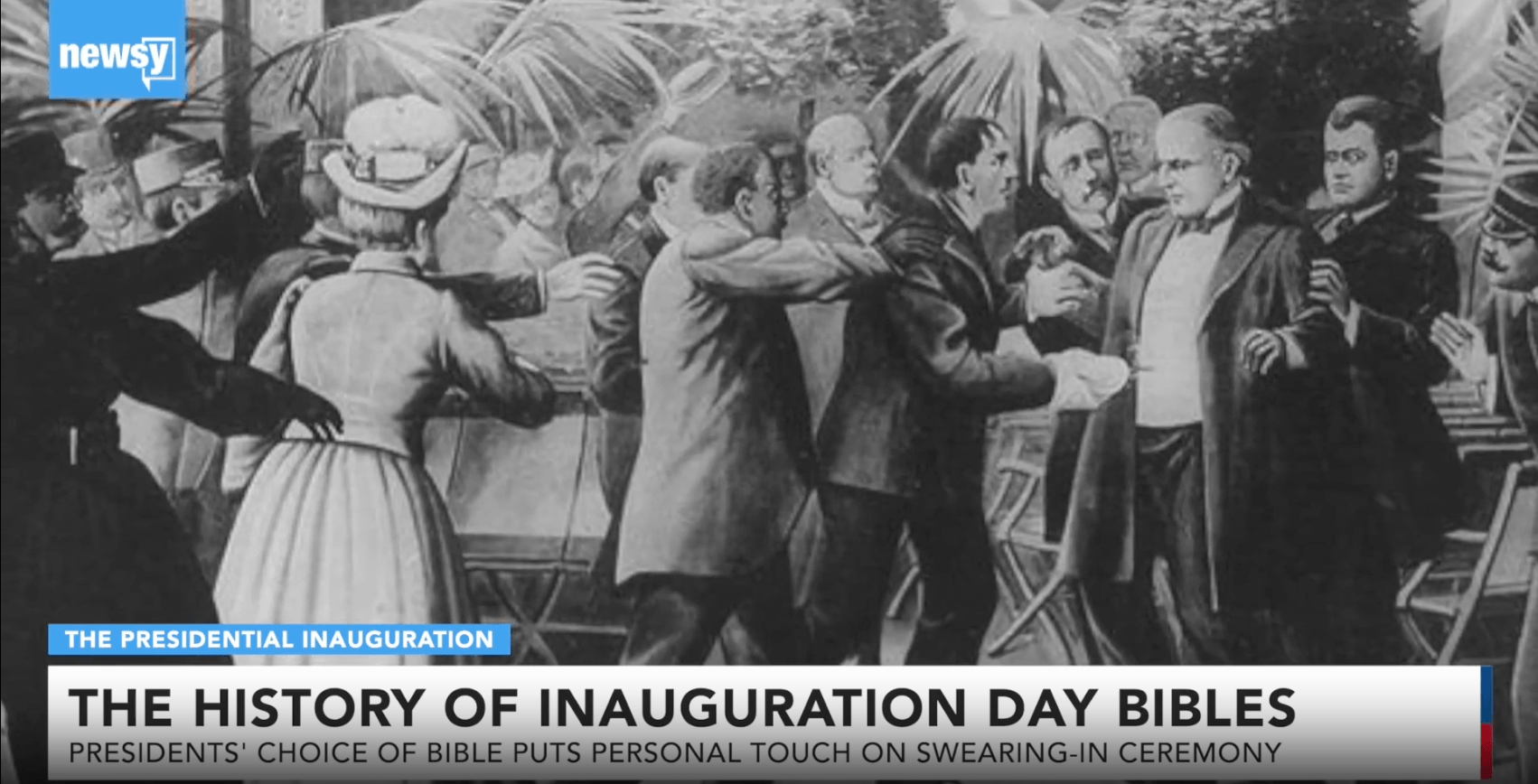Primary classrooms are filled with little learners who are eager to explore and are amazed by the wonders of the world. What better way to harness that excitement than by expanding the learning outside the walls of your classroom! Impossible (or virtual) field trips allow you to forget about any physical limitations you have as you bring outside experiences into the classroom. Interested in taking your students on an impossible field trip, but not sure how you can incorporate it into your lessons? Here are three easy ways to get started using impossible field trips today!
1. Setting up Classroom Expectations
It’s no secret that the beginning of the year is all about introducing and enforcing routines and procedures. Challenges with younger students include their shorter attention span and their need to move. At the beginning of the year, I try to do Field Trip Fridays in my classroom as a means to get students excited for social studies, but I also sneak in practice of my routines. We practice sitting on the carpet, keeping our hands in our space, and learning expectations during the virtual field trip so everyone can enjoy. I’ve even seen some teachers on social media who find videos of a plane going through the clouds so the students can travel to their destination (so cute, and so easy!). This time also proves to be a great opportunity to model and practice think-pair-share strategies, since the students are typically so excited to share EVERYTHING they see.
<<To discover more teaching strategies and tips for using video in the classroom visit our training resources page>>
2. Making Connections to Curriculum
Impossible field trips fit seamlessly into a variety of subjects. They bring learning to life in a quick and engaging way. One of my favorite social studies units to teach is community helpers. As we learn about community helpers, we take trips to the fire station, the farm, the zoo, the hospital, the police station and other locations students may not have a chance to visit. While it is unrealistic for me to be able to take my students to all these places on a real field trip, a virtual field trip allows me to show students how the jobs we learn about apply to real life. Finding impossible field trips is simple! I often use Google Earth to take my students places or I use an internet search to find something that applies to what we’re learning. Boclips has some fantastic impossible field trips that are easy to find. They are short but effective. Learning about living and nonliving things or ocean habitats? Boclips takes students to watch a Giant Pufferfish as it swims or a Bottlenose Dolphin pod as they explore the living and nonliving things they see in the ocean. You can pause, rewind and reflect on the content in order to point out important parts to students.
3. Exploring New Locations
If you’ve never checked out Story Time From Space, I highly recommend it! This free storytime program from NASA has astronauts reading books to kids from the International Space Station. While my students LOVE watching the astronauts float as they read books like Rosie Revere, Engineer, they don’t really understand where space is or what it looks like. Don’t worry, Boclips fills in these missing pieces! The amazing Outer Space category of Impossible Field Trips within Boclips, allows students to explore what the International Space Station and a satellite in orbit look like. Or, students can watch a space shuttle launch. If you're not interested in videos on space, visit the Wonders of the World collection instead! Many of my students have never been on a trip and taking them to the Taj Mahal or the Great Wall of China. These videos open up an entire world of possibilities.
Impossible Field Trips are appropriate for students of all ages. Open up your students’ horizons by integrating videos into your curriculum. Have a favorite virtual field trip you do with your students? Drop the link below to share the love!
Victoria Mendoza
Victoria Mendoza is a kindergarten teacher in central Georgia. She has a master’s in education with an emphasis on educational technology.
- #Video in Digital Learning
- #Classroom
- #Educational Videos
- #Video Content Partners
- #Tips for Using Video
- #Boclips for Publishers
- #Issues in Education
- #Educational Videos by Subject Area
- #News and Announcements
- #Events & Holidays
- #Video and Teaching Tools
- #Teaching Methodologies
- #Education Videos
- #Video and Digital Literacy
- #Short Educational Videos
- #Instructional Design
- #Multimodal Learning
- #Video and Student Safety
- #Accessibility in Education
-3.png?width=390&height=223&name=Untitled%20design%20(2)-3.png)


.png?width=1152&height=660&name=Copy%20of%20Untitled%20Design%20(1).png)





